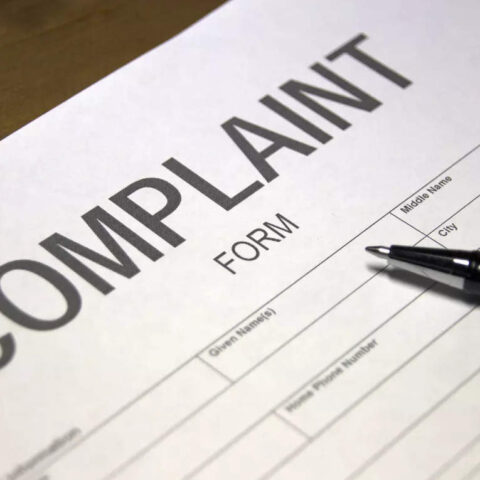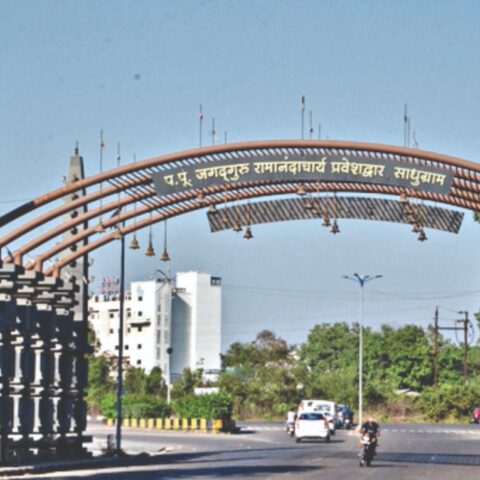
HYDERABAD: Despite receiving excess rainfall this monsoon season, Hyderabad’s IT corridor is faced with a severe groundwater crisis, with average water levels plummeting to 15 metres to 25 metres — a huge drop compared to previous year’s average of 11 metres.
According to groundwater department data, areas such as Kukatpally, Serilingampally, Ramachandrapuram, and Rajendranagar have taken the most beating with the average depth to water level (DTWL) here touching 17.51 metres in Sept.
This is at least three times lower than the rest of Hyderabad’s average DTWL of 6.29 metres. In fact, the rest of the city observed a rise of 5.51 metres in groundwater levels during Sept, when compared to May this year.
The situation is particularly worrisome in Kukatpally— home to a large population of migrant IT workforce — with the department marking it as a red zone. The average water level here has touched 25.58 metres as against 11.86 metres recorded last year. In Ramachandrapuram, water is now accessible at 17.04 metres against 15.84 metres in 2023. Similarly, in Serilingampally, the average water level has touched 15 metres
Incidentally, Ramachandrapuram recorded 986 mm rainfall, as against a normal rainfall of 638 mm, during the recent monsoon. Similarly, Kukatpally also received 777 mm of rains this season, against its normal rainfall range of 635 mm.
Officials attribute the drop in water levels along the western corridor to increase in built-up space and ongoing construction activities. They say, the rapid concretisation has hindered the natural process of replenishing groundwater.
According to realty market reports, at least 50% of Hyderabad’s construction work is being carried out in the IT corridor. Real estate services firm Cushman & Wakefield‘s Q3 (July to Sept) residential report also revealed that of the 10,000 (approx) housing units launched in the city during the three months, about 5,000 were in this region.
“Areas such as Kukatpally, Miyapur, Nanakramguda, Serilingampally, and Bachupally are at the forefront of the construction boom, with several new projects being undertaken. Developers in these areas primarily depend on groundwater resources to facilitate their construction activities. However, once the projects are completed, the residents are provided with municipal water in bulk quantities to meet their daily needs,” said N Ramachandra Reddy, executive member, Credai national.









